Details of the Target
General Information of Target
Probe(s) Labeling This Target
ABPP Probe
| Probe name | Structure | Binding Site(Ratio) | Interaction ID | Ref | |
|---|---|---|---|---|---|
|
1oxF11yne Probe Info |
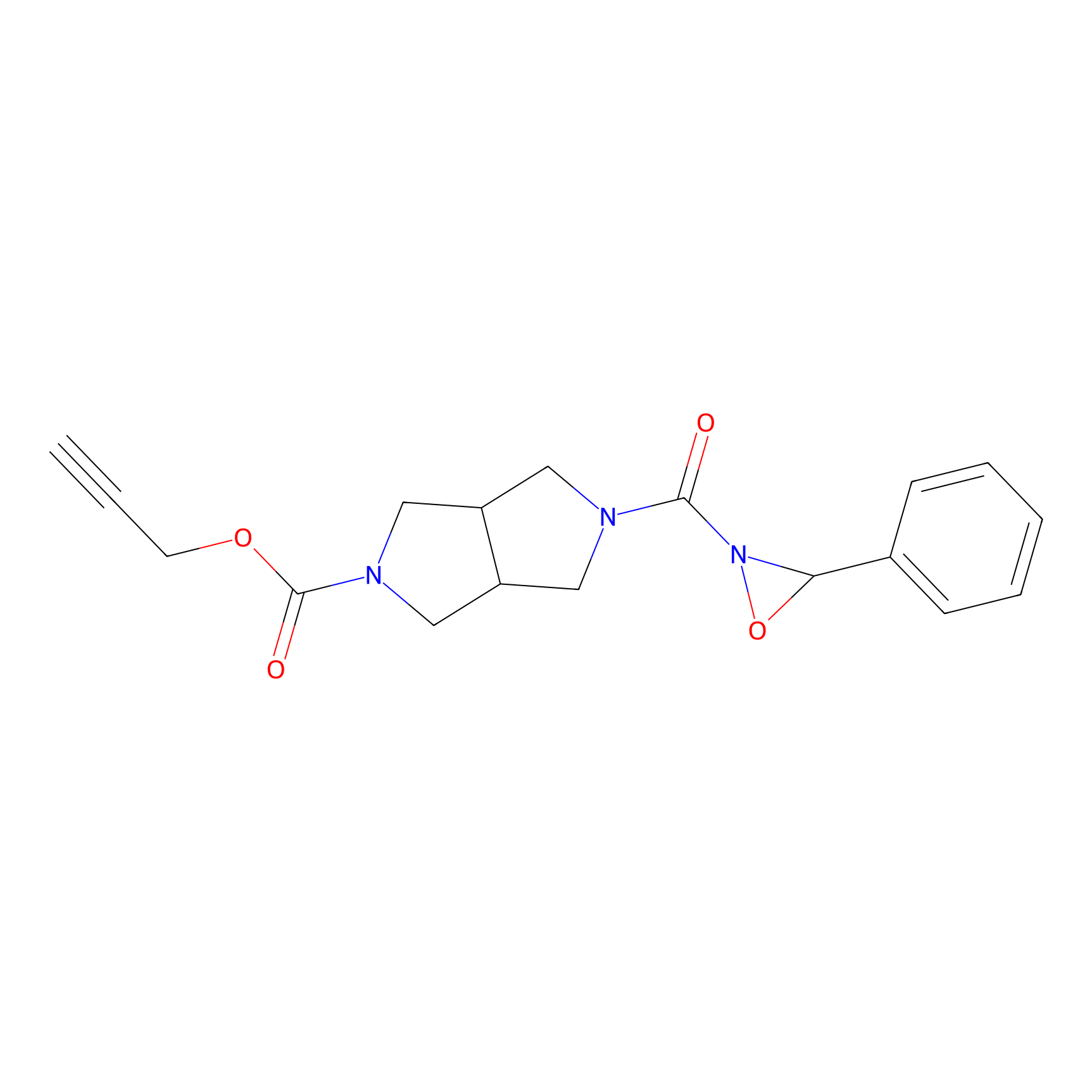 |
N.A. | LDD0193 | [1] | |
|
OPA-S-S-alkyne Probe Info |
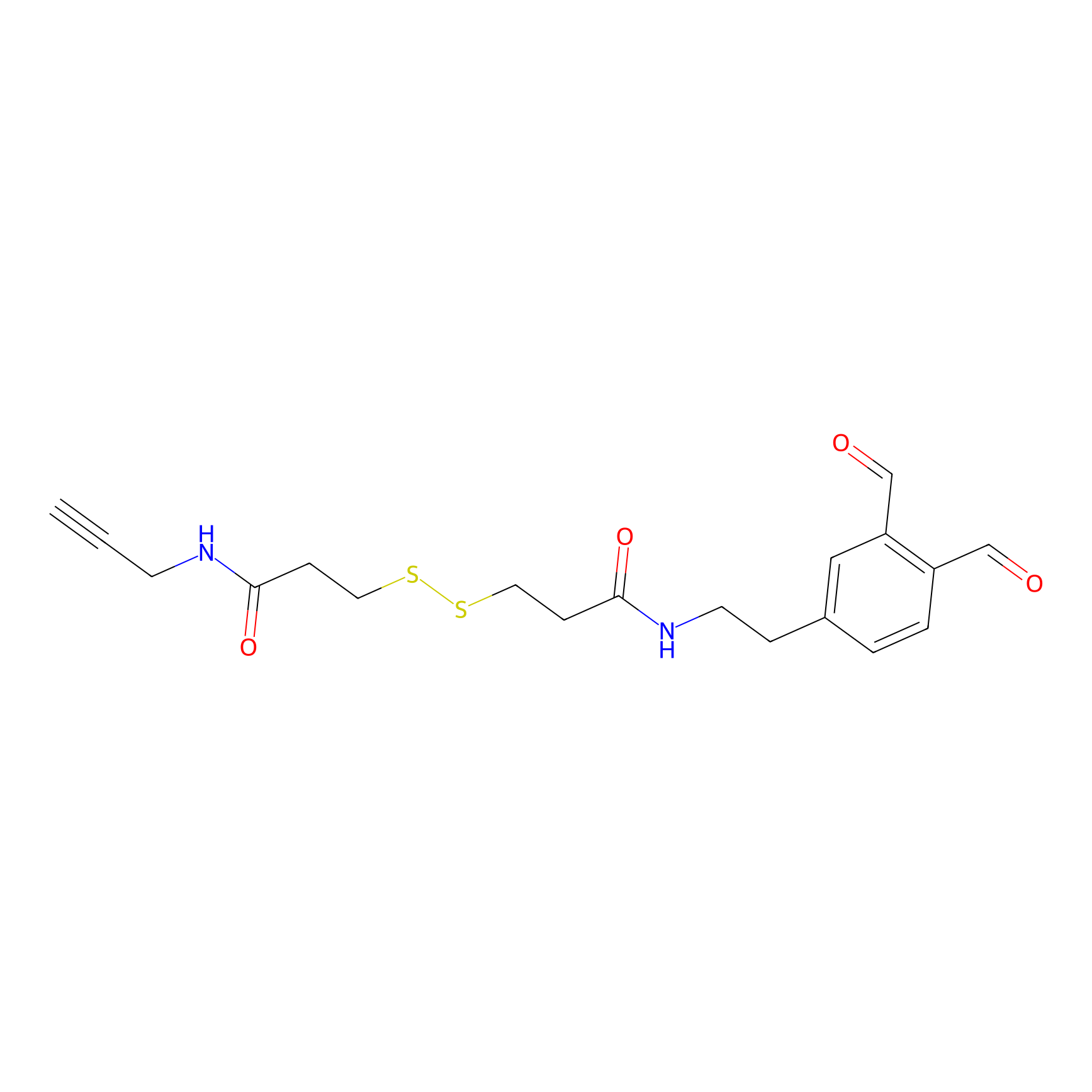 |
K33(1.81); K48(4.35) | LDD3494 | [2] | |
|
Probe 1 Probe Info |
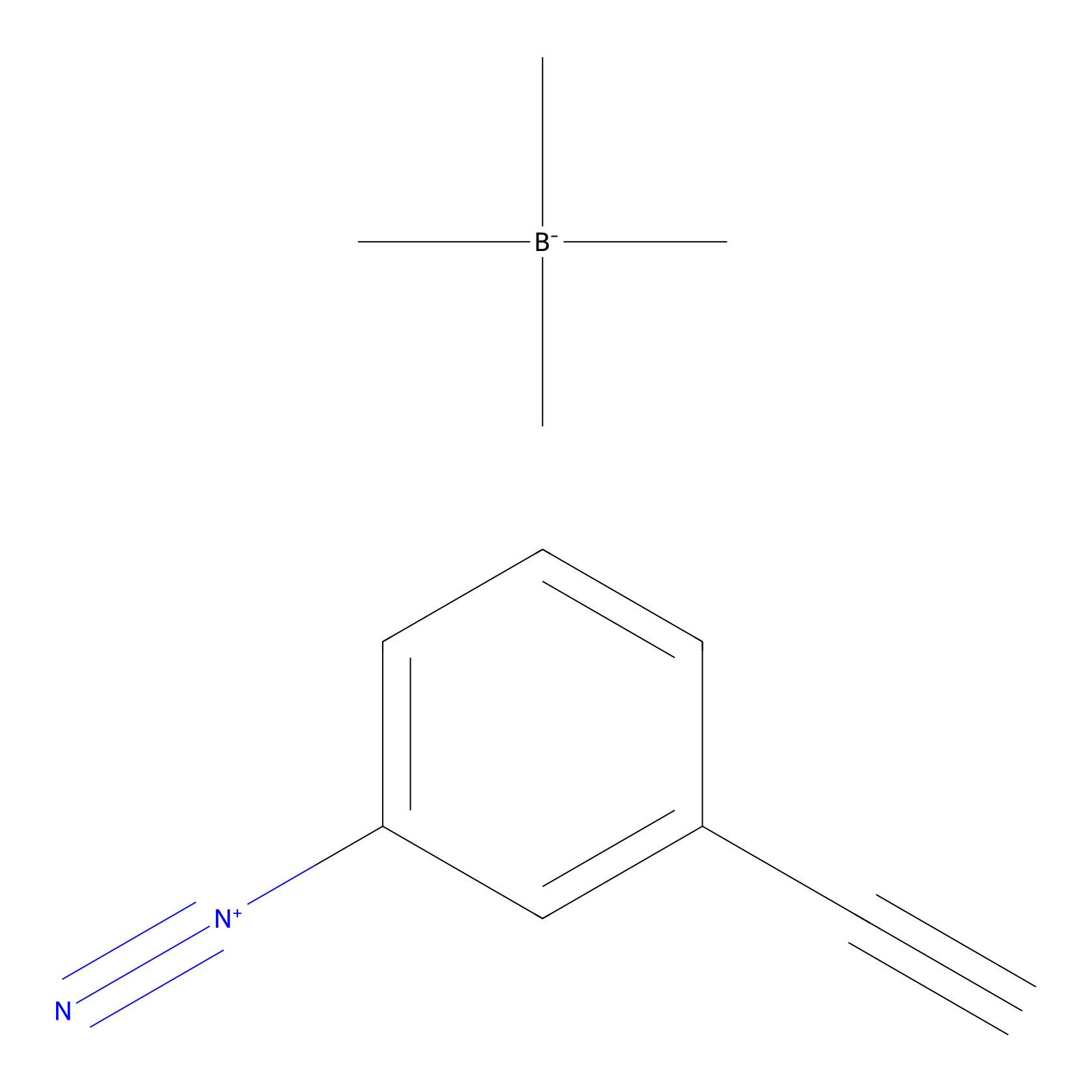 |
Y59(29.86) | LDD3495 | [3] | |
|
HHS-465 Probe Info |
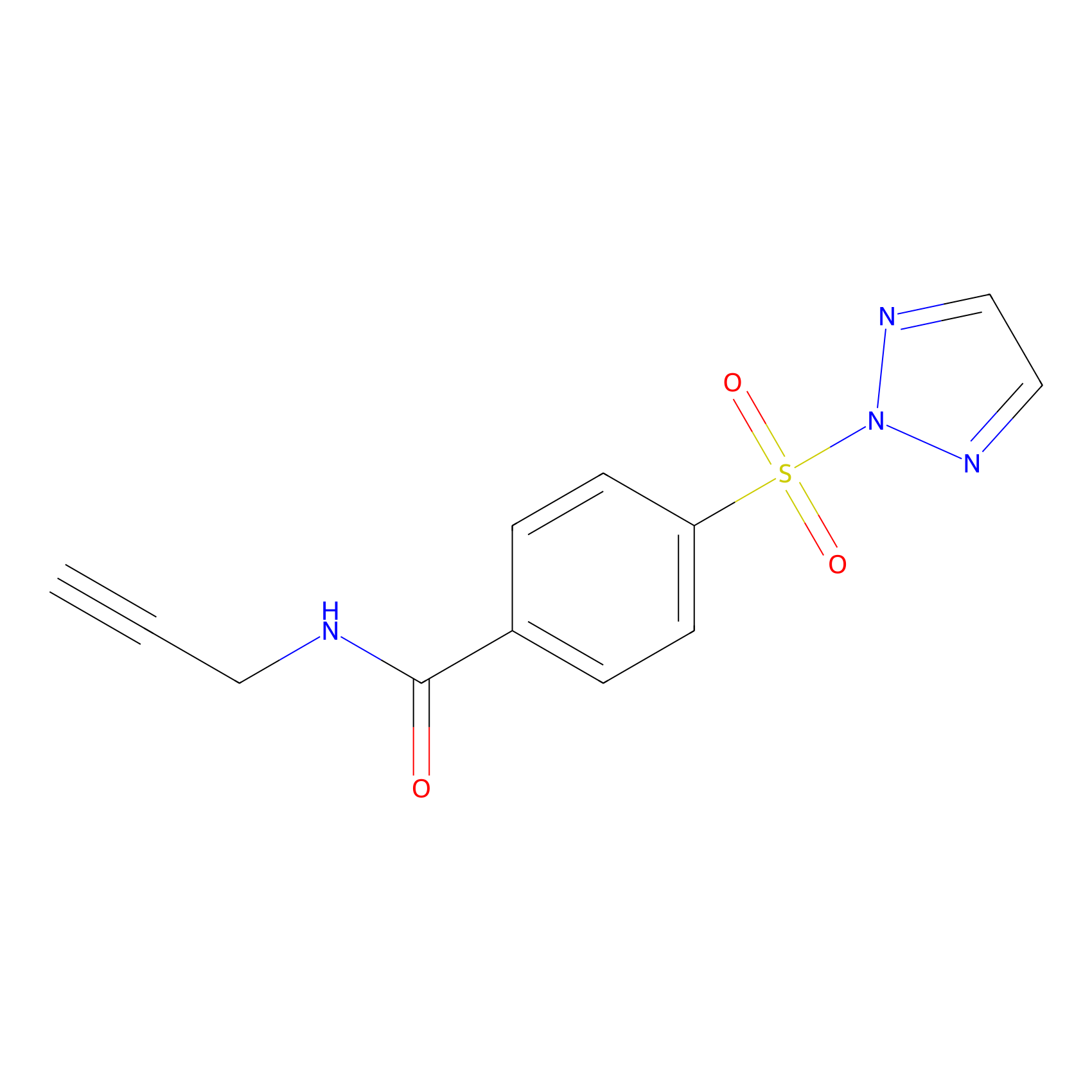 |
Y59(4.27) | LDD2237 | [4] | |
|
m-APA Probe Info |
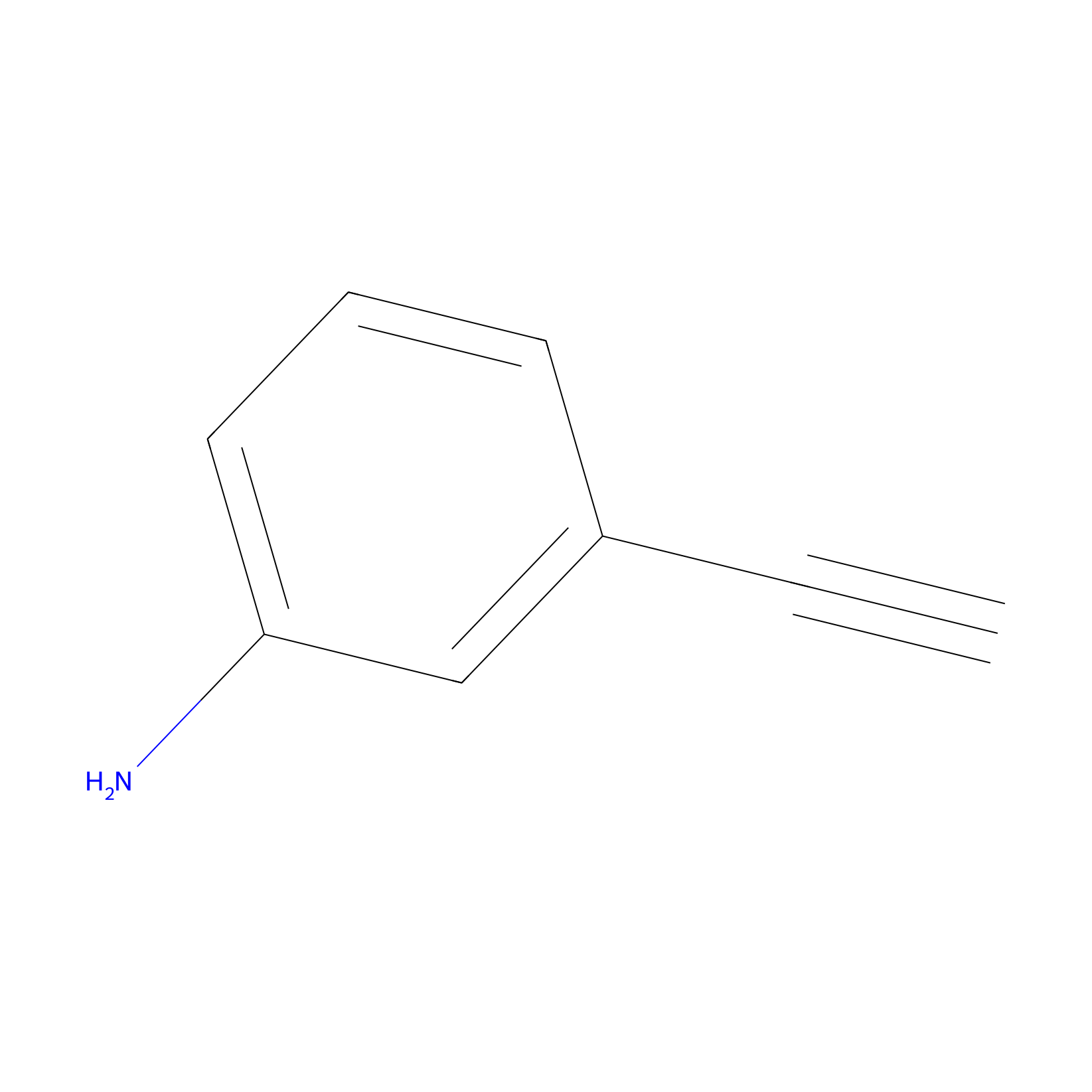 |
N.A. | LDD2231 | [5] | |
|
AZ-9 Probe Info |
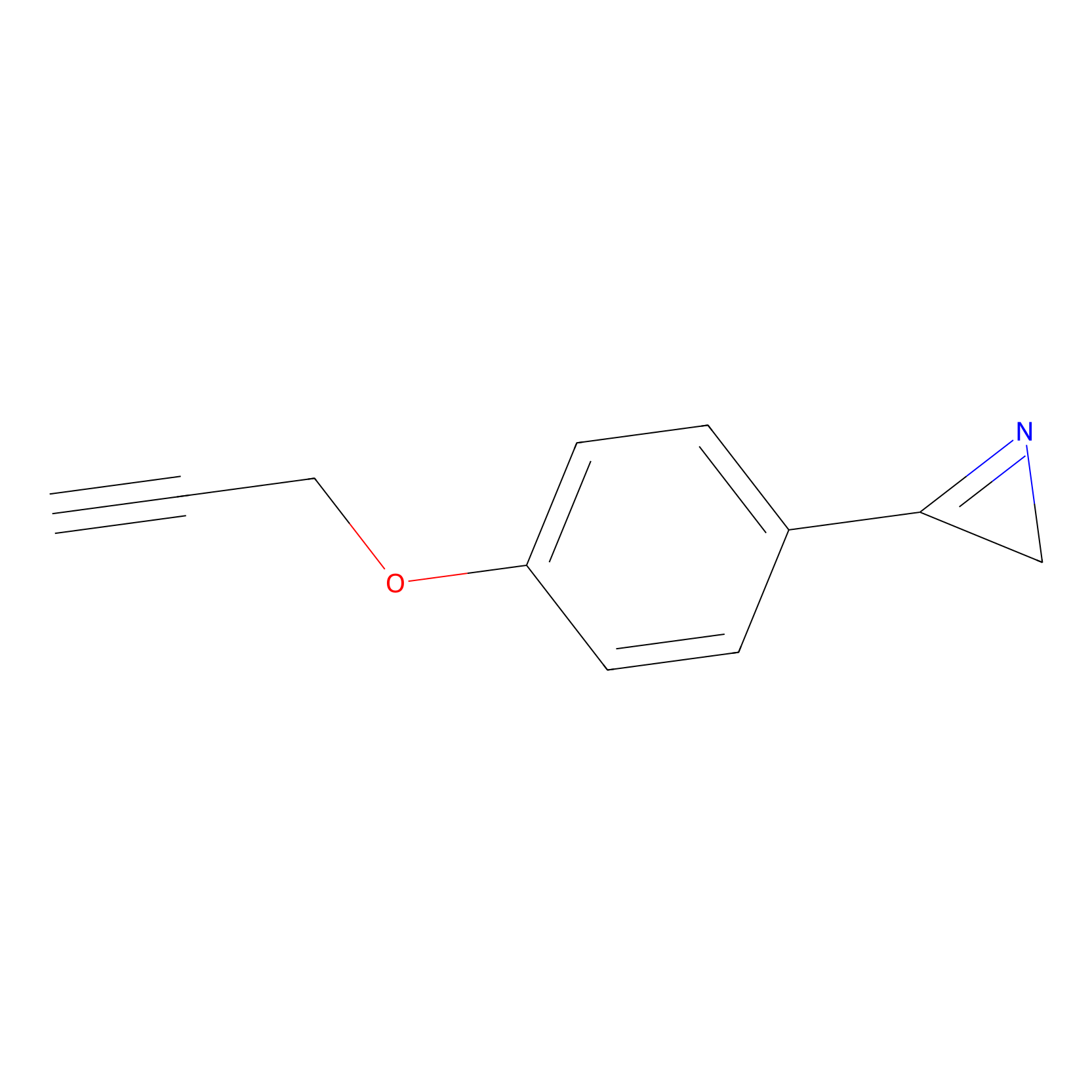 |
E24(0.00); E18(0.00) | LDD0395 | [6] | |
The Interaction Atlas With This Target
The Protein(s) Related To This Target
Enzyme
Transporter and channel
Other
References
